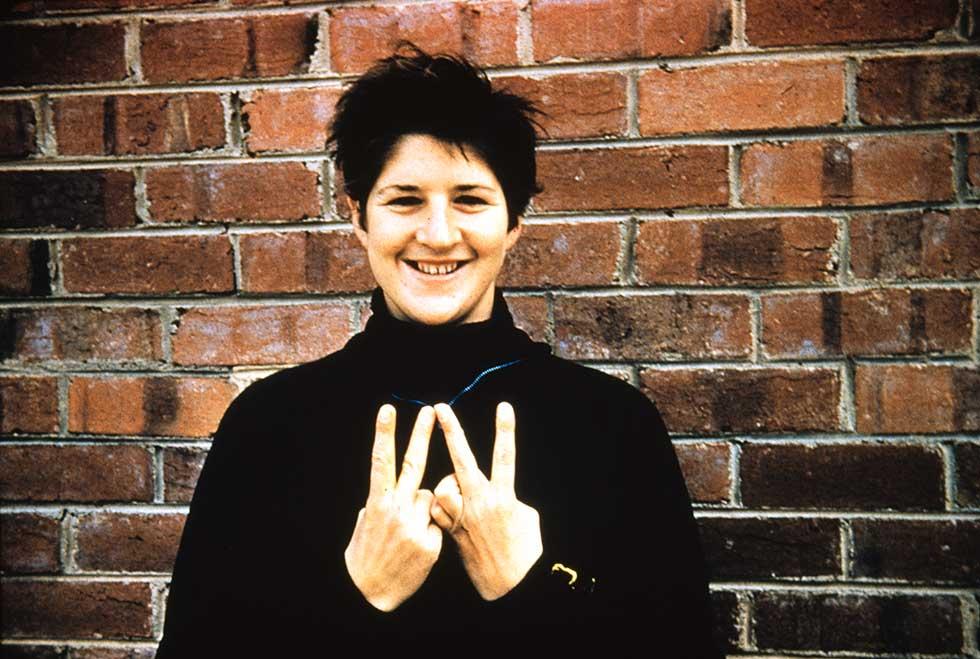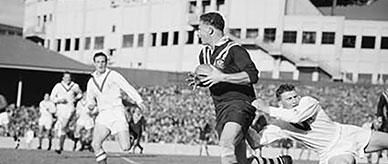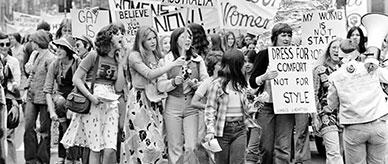


About this record
This is a colour photograph of the famous Australian swimmer Dawn Fraser, taken during the Melbourne Olympic Games in 1956. She is smiling broadly and holding both hands in front of her making the 'V for victory' sign for her wins in two events. The photograph, a shot from the waist up, shows Fraser wearing a black long-sleeved top and standing in front of a red brick wall.
Educational value
- Dawn Fraser has been recognised as Australia's greatest female swimmer. Over the course of her career she won eight Olympic medals—four gold and four silver—and set 39 world records. She might have won more but there were relatively few women's freestyle events to contest. At the Melbourne Games there were only three—the 100 m and 400 m races for individual swimmers and the 4 x 100 m relay. Fraser is pictured here celebrating her gold medals in the 100 m individual and relay events.
- In the 100 m freestyle final, Fraser won a gold medal with a time of 1:02.00, a new world record, beating another Australian swimmer, Lorraine Crapp. In the 400 m the tables were turned and Fraser came second. In the relay Fraser put the Australians in front in the first leg, but the US team drew ahead in the third leg. Crapp secured the victory for Australia in the final leg.
- Fraser's achievements at three consecutive Olympics—in 1956 (Melbourne), 1960 (Rome) and 1964 (Tokyo)—earned her international acclaim. She was the first athlete, male or female, to win a gold medal for the same event in three consecutive Olympics. In 1962 she achieved a long-held ambition to be the first woman to break the one-minute barrier for the women’s 100 m freestyle. Her world record remained unchallenged for more than 15 years.
- Her larrikin humour and individualism brought Fraser into conflict with Australian sporting officials many times, most publicly after the 1964 Olympics, when she was banned for 10 years (later reduced to four years) for various alleged offences. These included marching in the opening ceremony against the Australian Swimming Union's directions, wearing an unofficial swimsuit and a flag-stealing episode. Believing that she had been singled out by the Amateur Swimming Union of Australia, Fraser announced her retirement.
- Fraser's eight years of sporting achievement, from 1956 to 1964, have been acknowledged throughout the world. In 1999 she was named Female Athlete of the Century by the Sport Australia Hall of Fame. In the same year, the International Olympic Committee declared her the Greatest Living Female Water Sports Champion.
Acknowledgments
Learning resource text © Education Services Australia Limited and the National Archives of Australia 2010.
Related themes
Need help with your research?
Learn how to interpret primary sources, use our collection and more.


